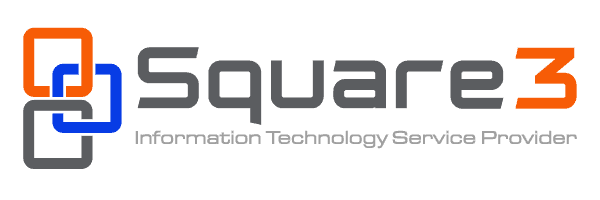Choosing the best cloud infrastructure for your business
Cloud computing allows you to access everything from storage space to apps through the internet. It’s a huge market: over 80 percent of businesses use some form of cloud computing, and this figure is only expected to grow.
But why does cloud computing matter? It’s all about cost-efficiency. Statistics show that 82 percent of SMBs can reduce IT spending once they join the cloud, and at least 59 percent of businesses are more productive. But to enjoy these benefits, you need the right cloud solution for your unique business needs.
So, to help you pick the optimal cloud infrastructure for your business, here are five things to consider.
1. Business goals
First, consider your long- and short-term objectives. Decide what you need from the cloud.
- Assess your current IT environment.
- Note any inefficiencies or gaps in your infrastructure.
- Identify how cloud computing can help you solve these problems.
You can always add to your cloud infrastructure as your company grows, but you need a solid foundation for development.
2. Cloud services
There are, broadly, three types of cloud services. Which service(s) you choose depends on your business objectives.
- Infrastructure-as-a-Service (IaaS): rental access to IT infrastructure, e.g., servers
- Platform-as-a-Service (PaaS): on-demand services for developing apps and other applications
- Software-as-a-Service (SaaS): Most popular with SMBs, this allows you to access software applications and storage without worrying about service maintenance.
Not sure what you need? Ask a managed services provider for advice.
3. Hosting options
Next, you should consider whether you want to join a public or private cloud. Here’s a rundown of the differences.
Public
Third parties, like Google, make cloud services available over the internet to the general public. While it’s convenient and cost-efficient, it’s not as secure as a private cloud.
Private
Private clouds are designed specifically for your organization. It’s more secure and scalable than the public cloud, but you need your own in-house IT staff to manage it. Downtime can be an issue.
Hybrid
A hybrid cloud infrastructure lets you combine both public and private clouds into your design. The main benefit? It’s fully customizable to your business needs. That said, it can be expensive to maintain both clouds.
4. Backup and storage solutions
If there’s one thing every optimal cloud infrastructure needs, it’s scalable backup and storage space. Here’s what to consider.
- Ensure your provider can keep pace with predicted business growth.
- Make sure there’s a clear process for securing backups.
- Shop around for the best pricing structure. You don’t want to end up paying for storage you don’t use. On the flip side, you don’t want substantial price increases if you need to upscale.
5. Security and compliance
Finally, think about security issues.
- How will you protect remote devices?
- Does the cloud provider’s location impact your compliance obligations?
- What extra security layers, such as encryption and multi-factor authentication, will you use?
- Does your provider understand your compliance needs? Check your Service Level Agreement (SLA) to be sure.
Takeaway
Don’t underestimate the importance of choosing the right cloud infrastructure for your business. Spend time researching your options, and confirm you’re happy with the SLA before you sign it. For more advice on cloud-based services, contact us today.













